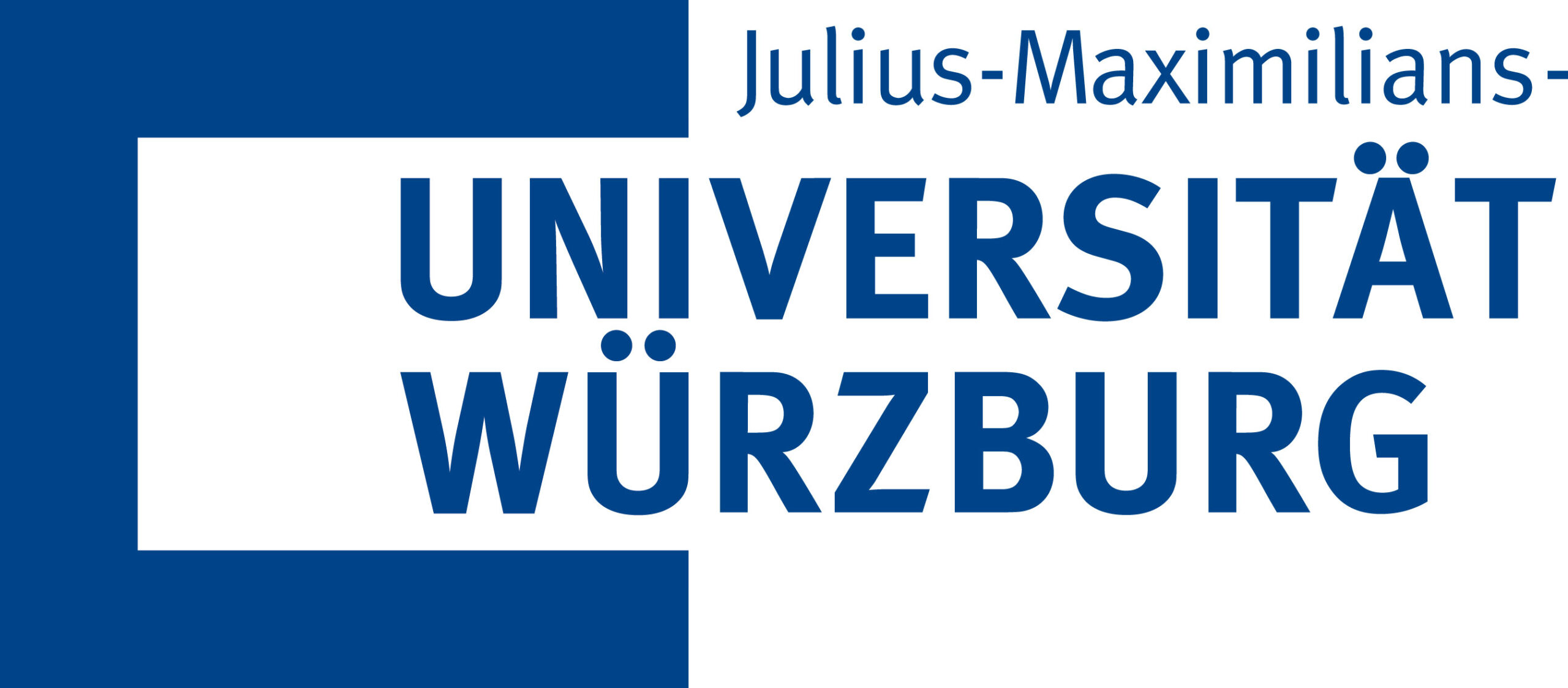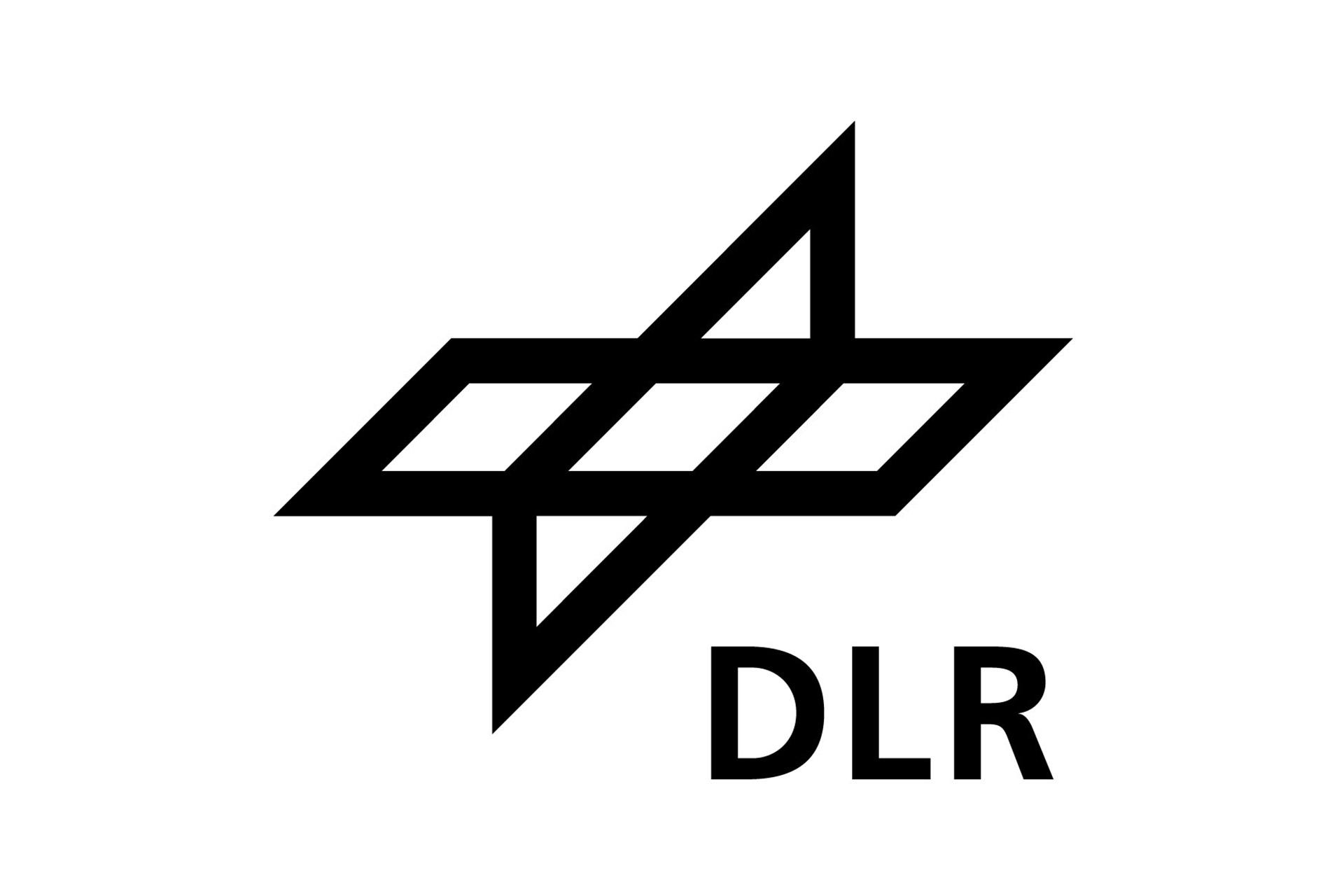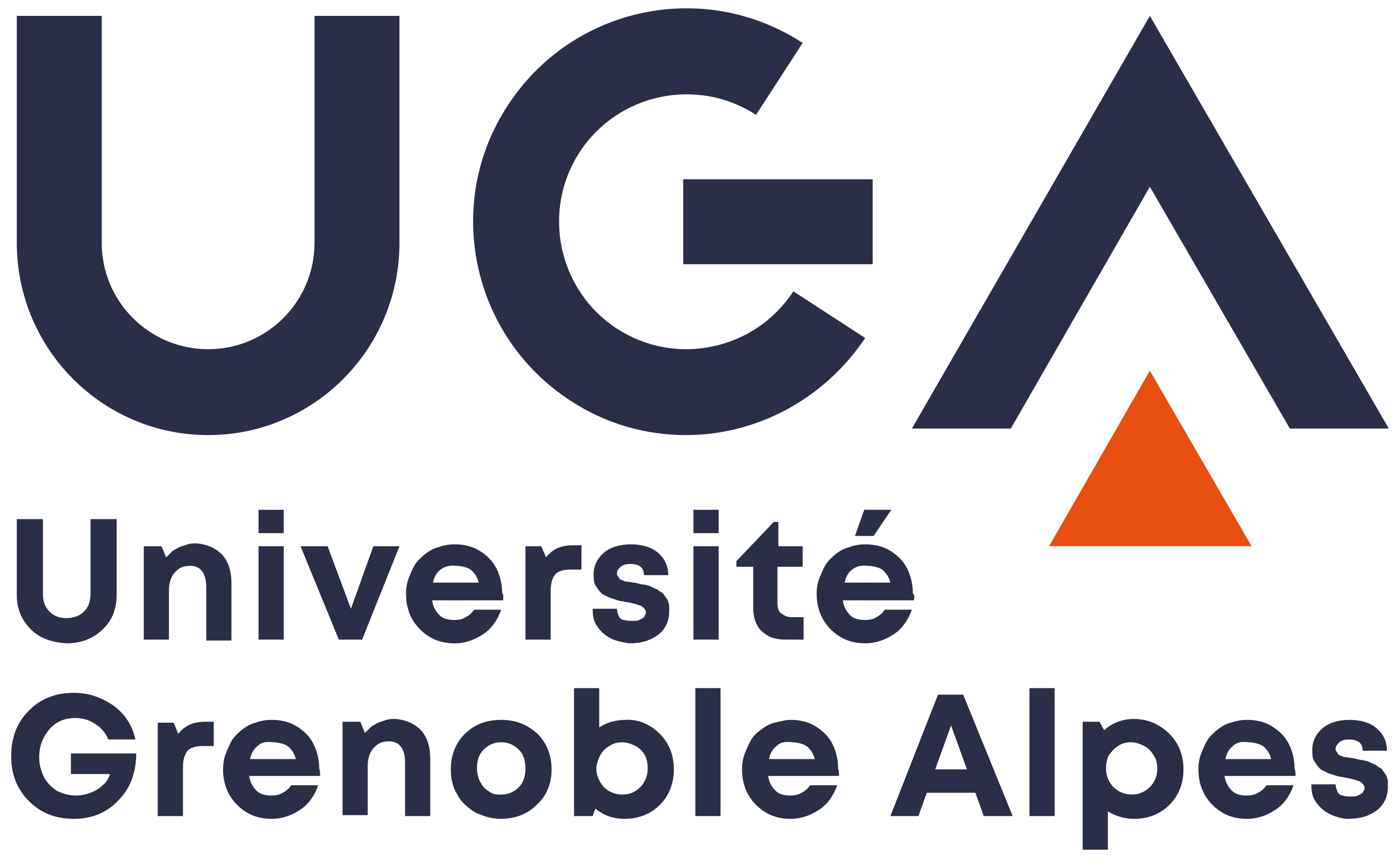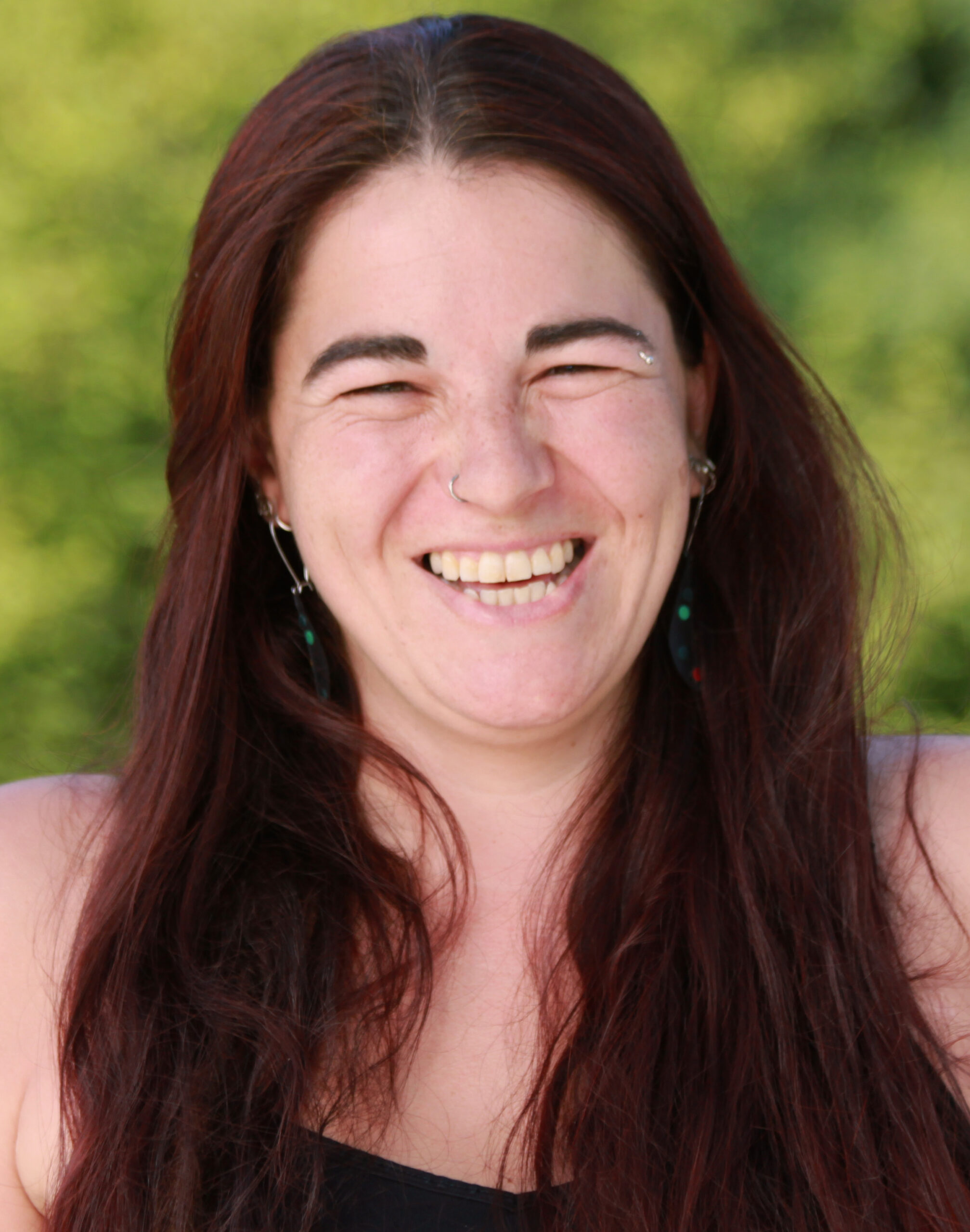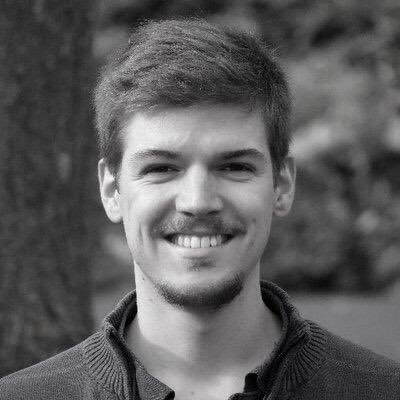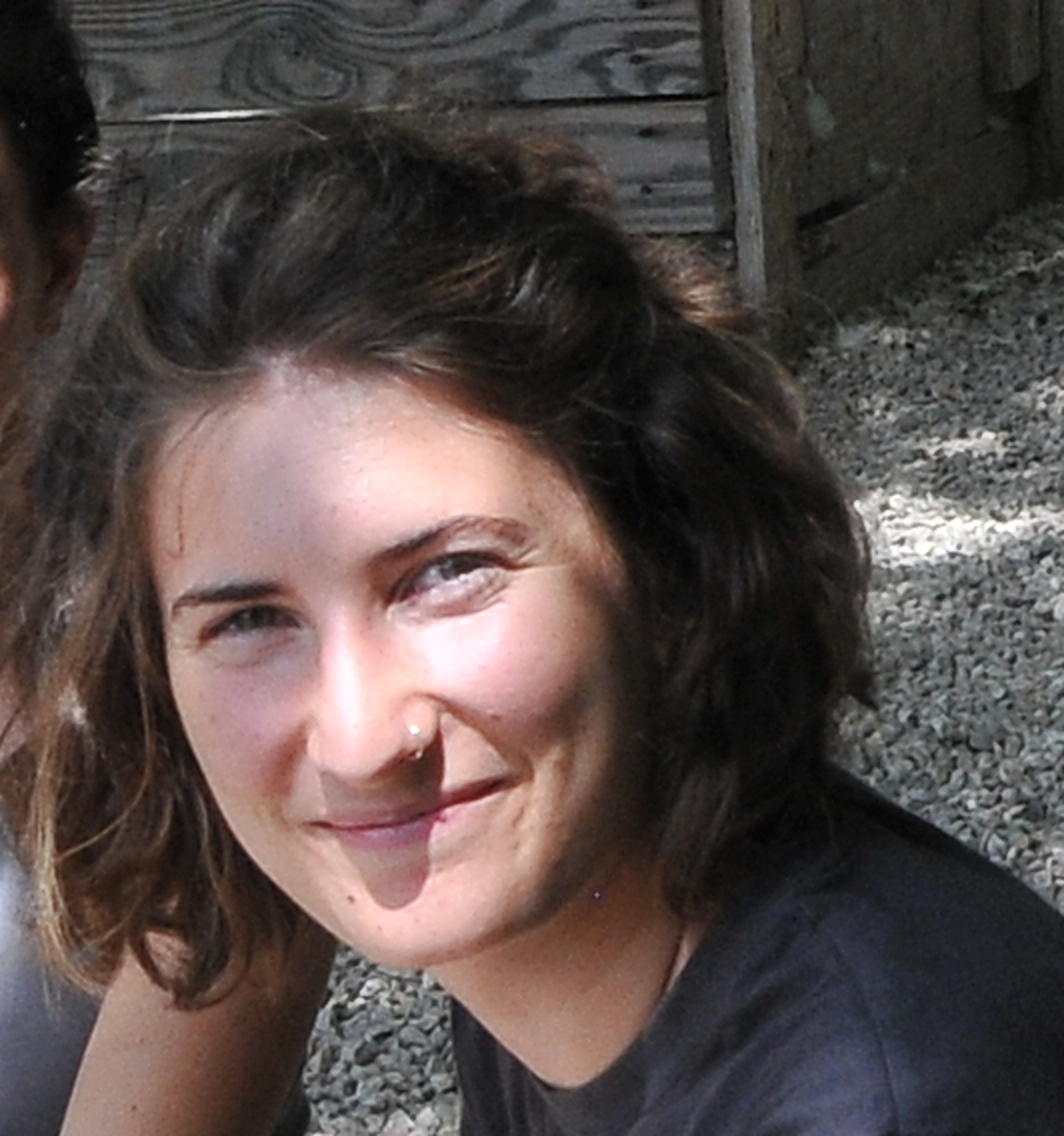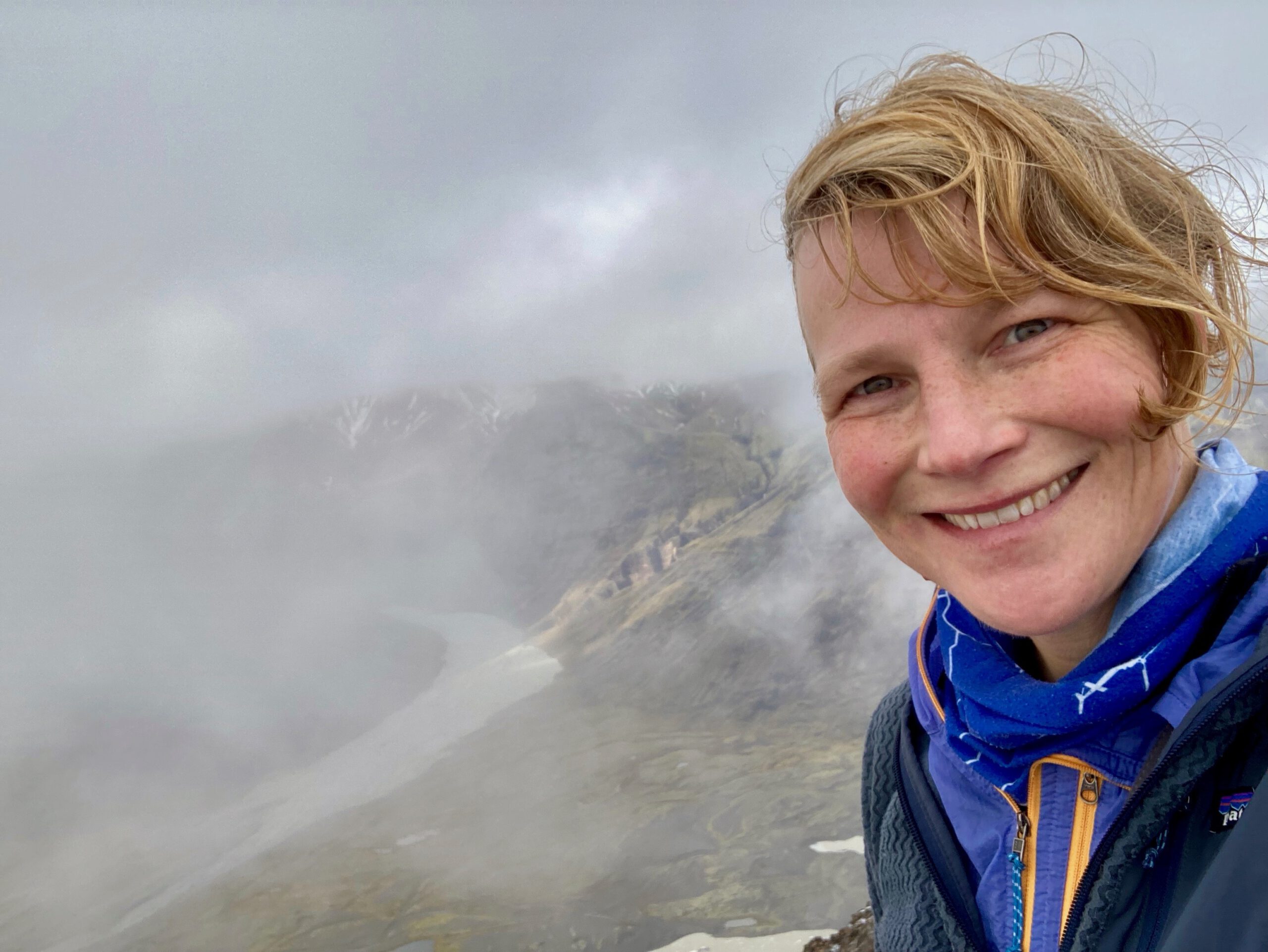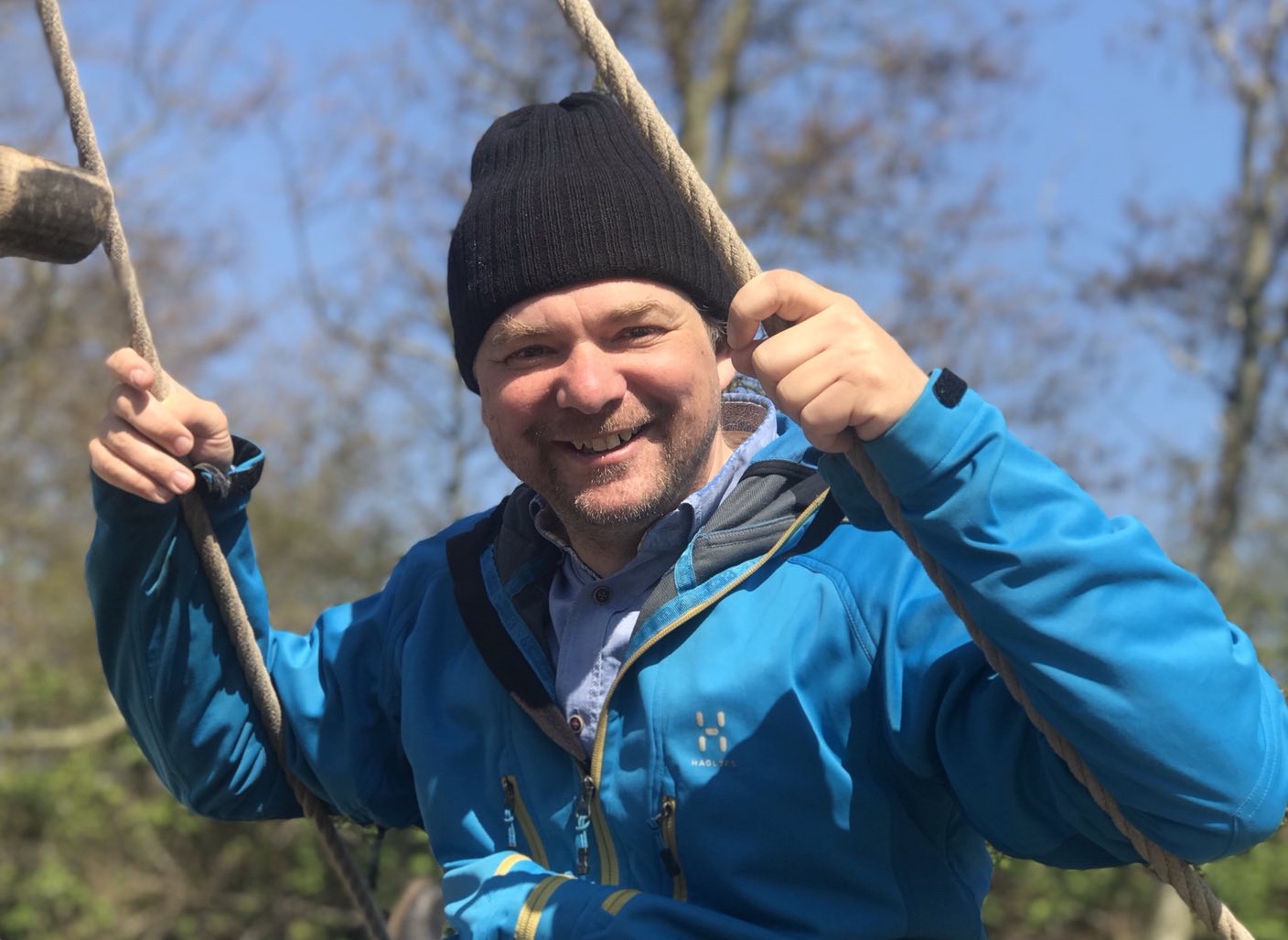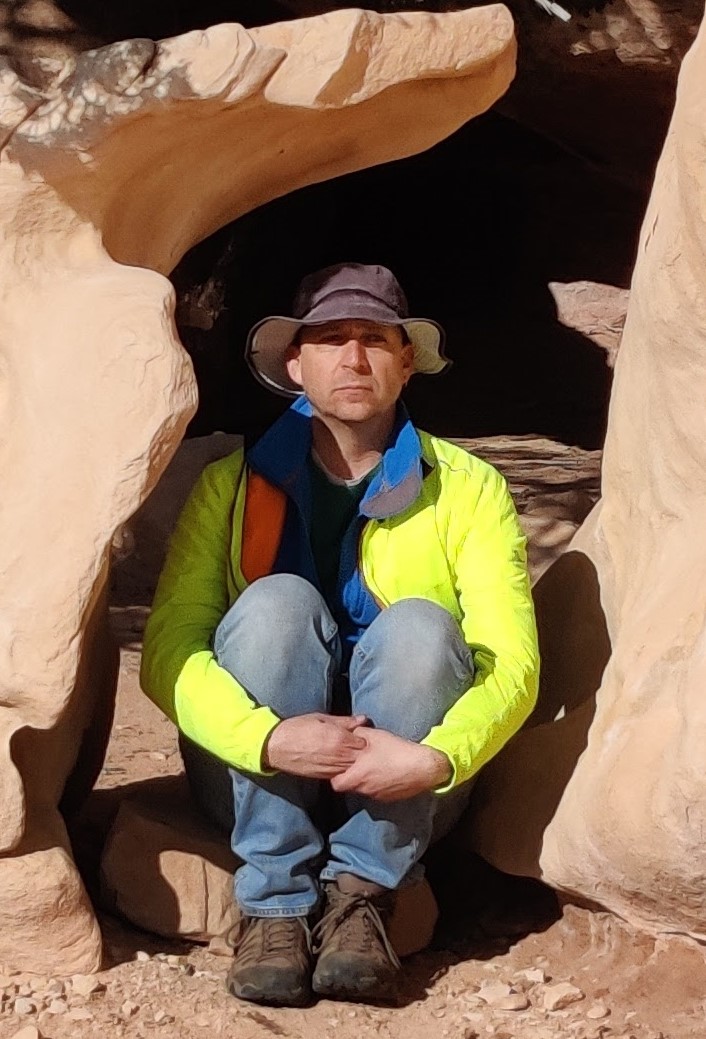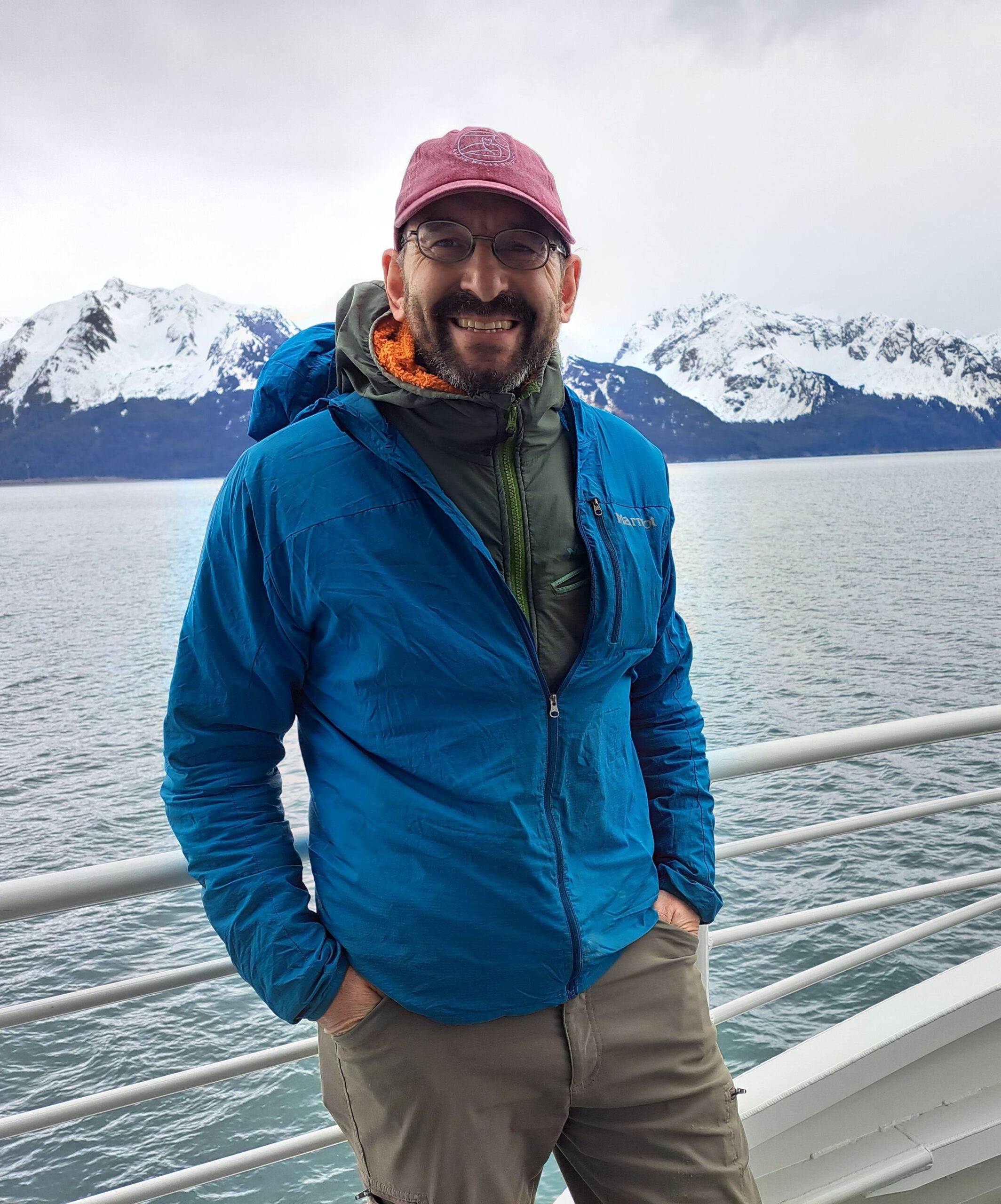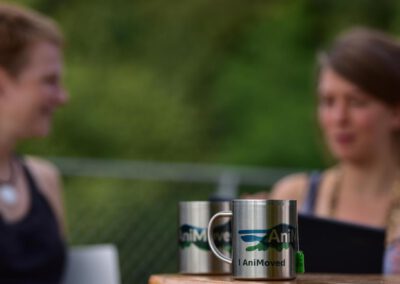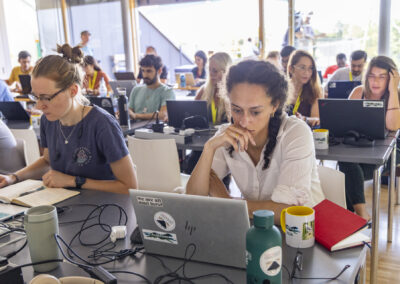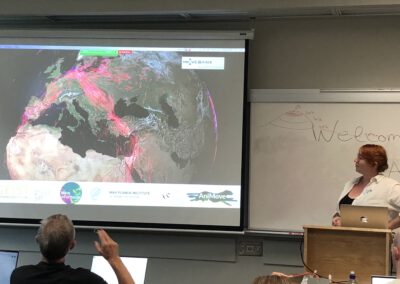
Animal Movement and Earth Observation Training
AniMove is a collective of international researchers with extensive experience in the topics of animal movement analysis, remote sensing and conservation. AniMove is a two-week intensive training course for studying animal movement in conjunction with environmental parameters derived from remote sensing for conservation application. AniMove is a non-profit training initiative run by volunteers of various organisations such as Max Planck Institute of Animal Behavior, University of Würzburg, German Aerospace Center, Smithsonian, INRAe and Senckenberg (BIK-F).
Established in 2013
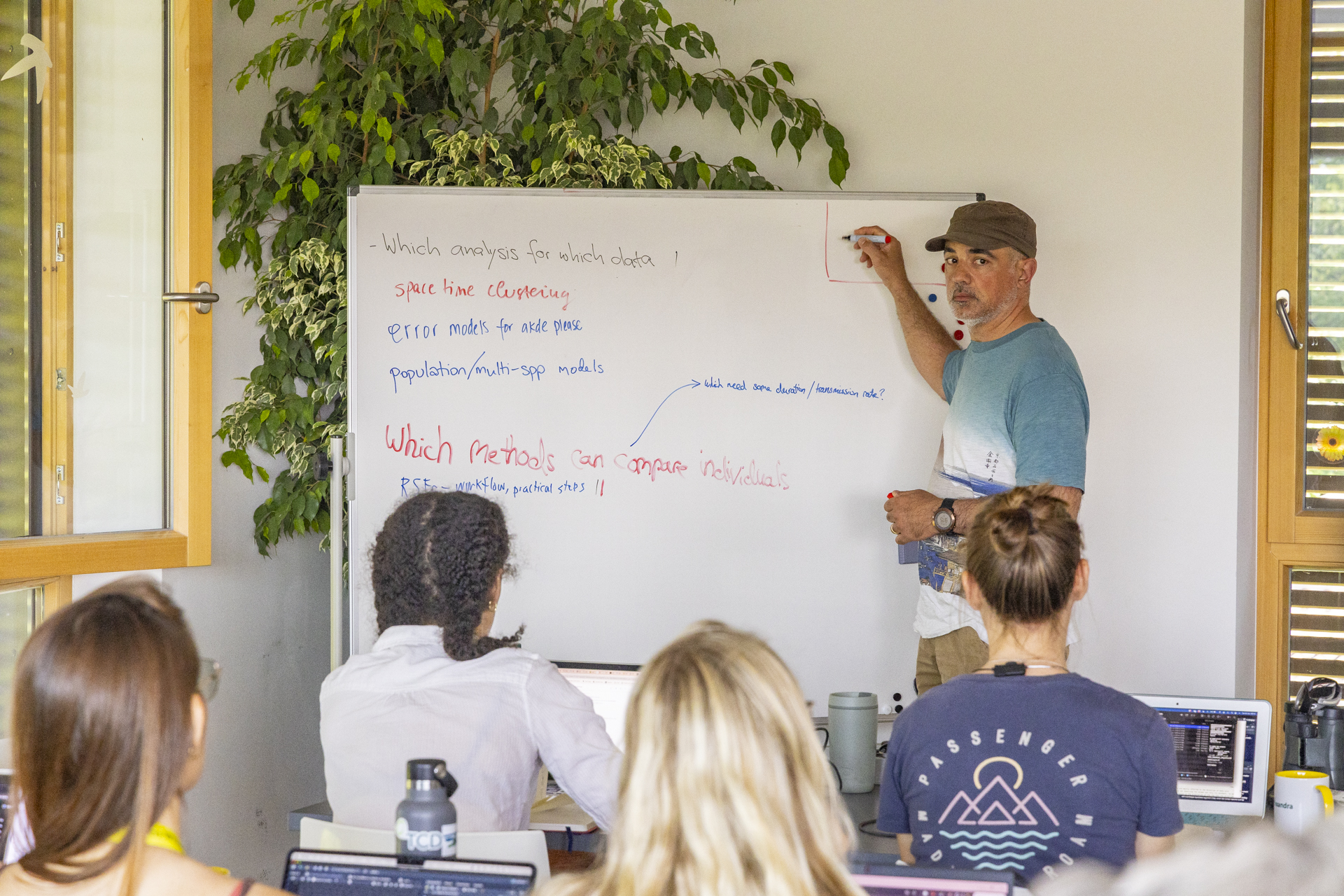

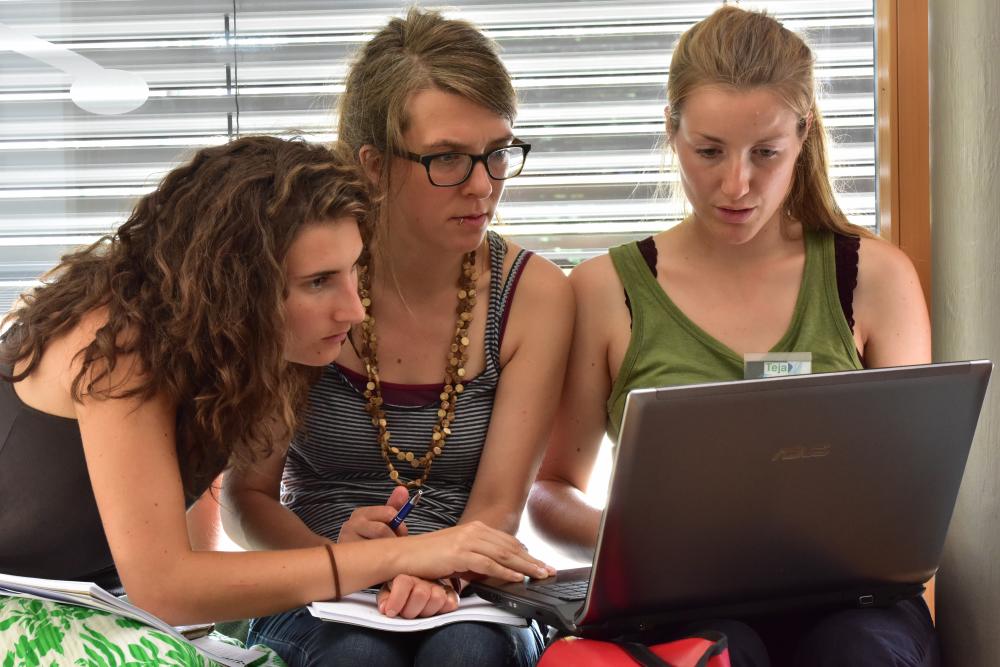
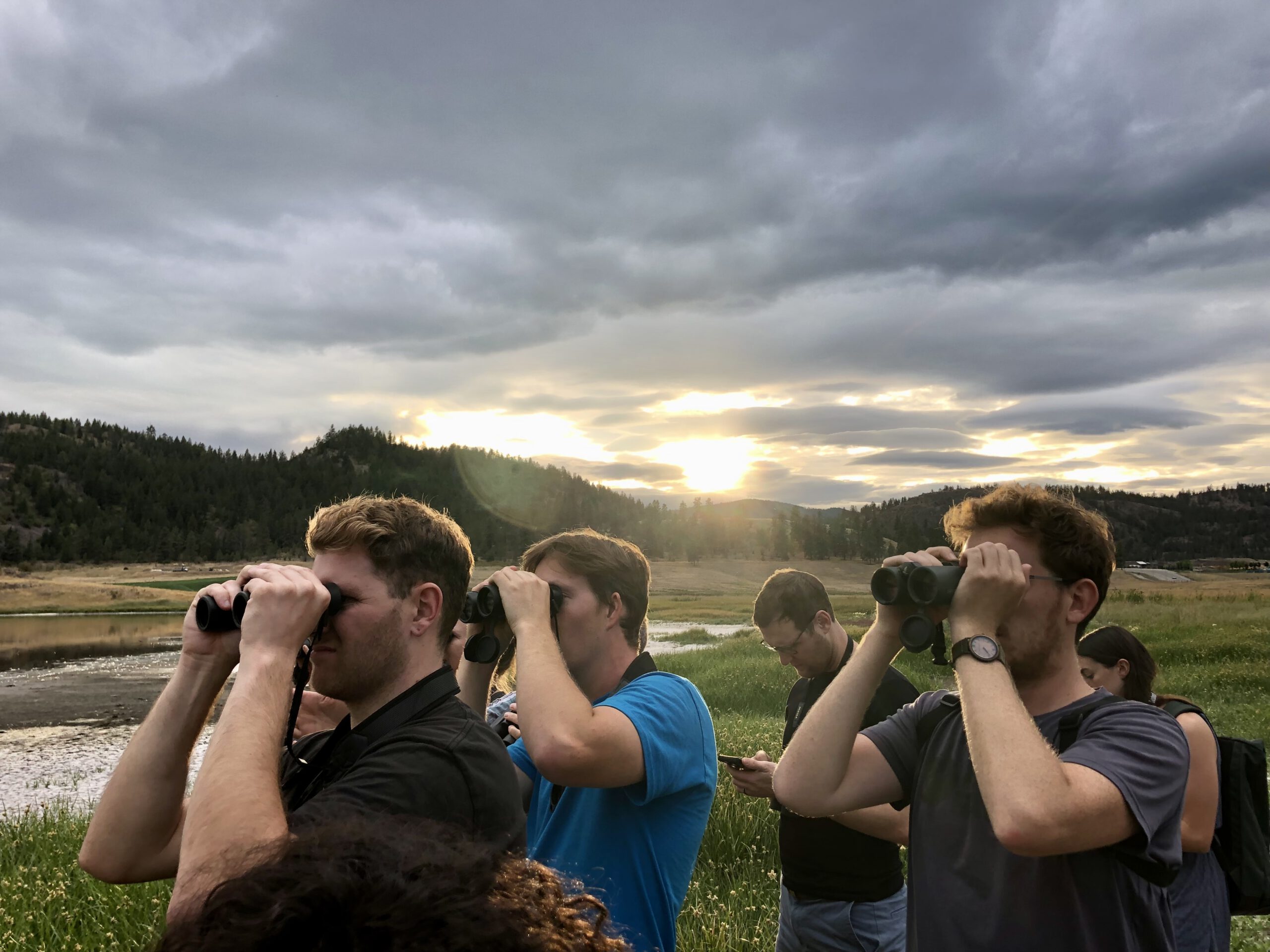
Intense training activity and networking opportunity
AniMove is aiming at providing theory and practical approaches to use animal movement, modelling and remote sensing for Biodiversity research and Conservation. Only OpenSource software will be used and as far as possible also only OpenAccess data. All members of AniMove have long experiences in teaching these topics and are highly committed to support and develop interdisciplinary collaboration in order to provide valuable insights for conservation application and biodiversity research. Knowledge about applying remote sensing and GIS within Biodiversity research and Conservation application will be taught using OpenSource software only (R, GRASS, QGIS), moreover the basic and advanced skills to handle remote sensing and GIS data plus developing new ecological relevant data sets are covered as well. Spatial modelling techniques (SDMs, Species Distribution Models, using e.g. RandomForest, GLM, GAM or MaxEnt) are covered by AniMove as well, however the main focus will be on analysing animal movement patterns in conjunction with spatial environmental data sets using e.g. step selection function, BCPA, BB. All these technical expertise are embedded in conservation frameworks in order to ensure the real world applicability.
NEWS
Application channel for Animove 2025 is now open
Please sign up for Animove 2025 in Costa Rica. Applications are now open until 30th of May 2025. See "Next Animove 2025" for details
Animove 2024 teaching material
All lecture recordings and downloads are now freely available on our website. Happy Learning, everyone !
Date for next workshop is set
AniMove 2024 will be held in Radolfzell, Germany, from the 17th until the 28th of June 2024
Improve your analytical skills
learn new methods, new (R) packages, applications of Earth Observation and Animal Movement
Requirements for application
- Letter of interest including your expectations towards the course
- Your CV
- A description of your data and research questions that you hope to address during Animove
Recommended for
People with advanced to very advanced programming skill level in R.
PhD, PostDoc, Professionals

